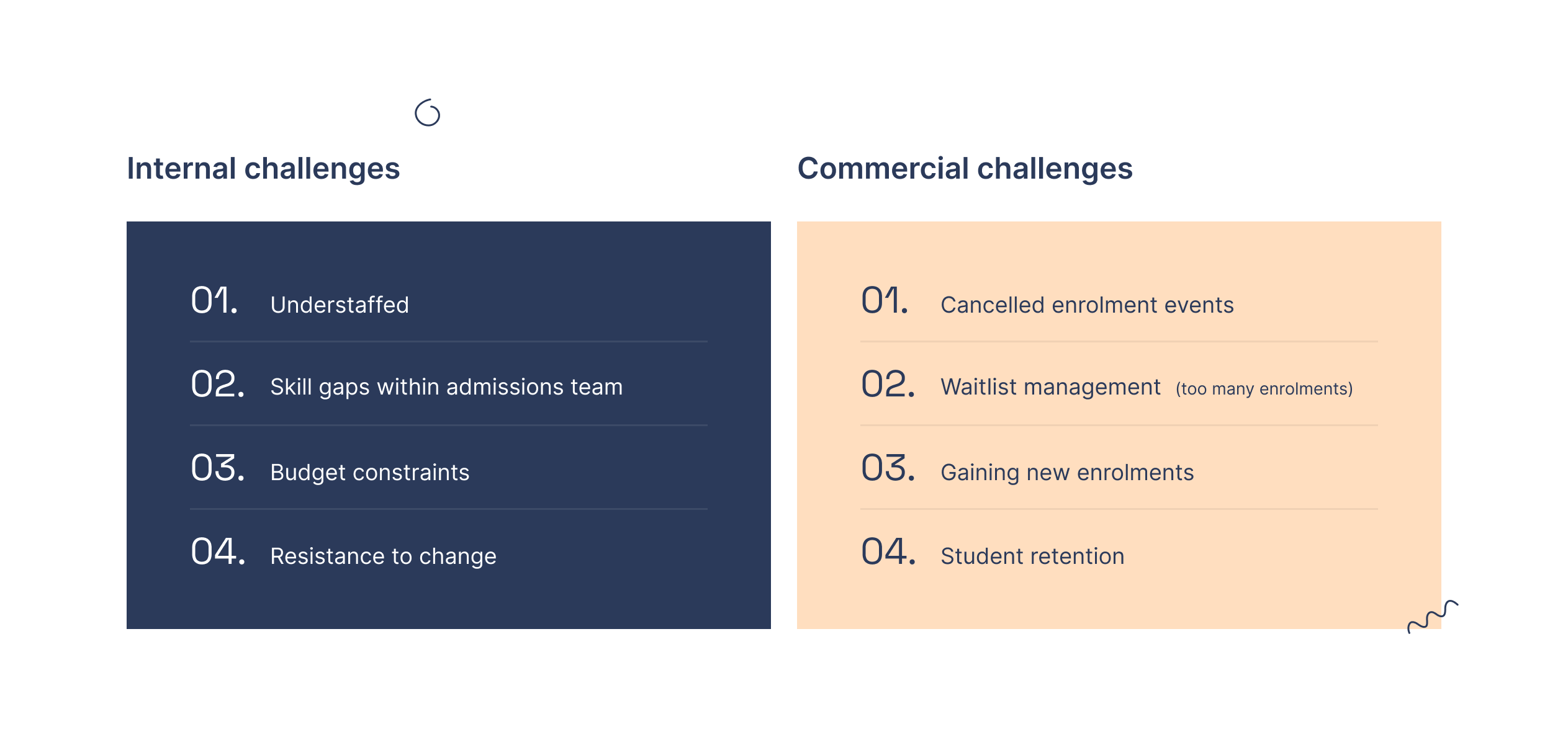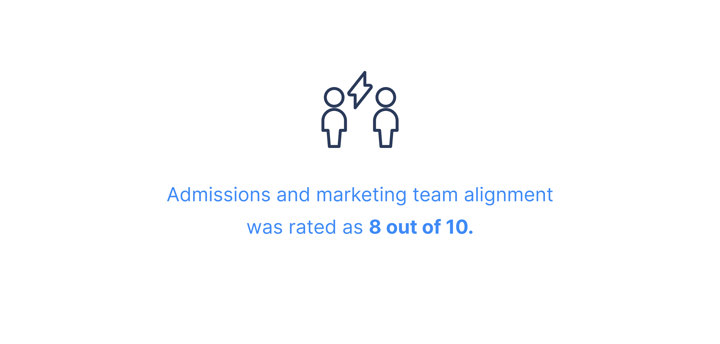3 Key findings from the 2021 state of K-12 school admissions report
Tara is the in-house content lead at Digistorm, tending to all content needs, big or small! When she’s not writing copy or managing the Insights editorial calendar, Tara is passionate about supporting theatre and live music.
Want more recent insights? You can find our 2023/24 State of Admissions finidings here.
Well, it has certainly been a rocky start to the new year for many Australian schools so far, with the pandemic even delaying students from heading back to school in some states. Between wrapping up for the Christmas break and a whirlwind New Year, you might have missed the release of our annual State of K-12 school admissions report.
Over two months, we talked to 100+ schools across the country about their challenges and opportunities. Based on this research, we’ve expanded the 2021 report to provide you with even deeper insights into the current state of admissions and gain a sneak peek at what schools are planning for the year ahead.While it’s always best to download the report and dive into the data for yourself, we know that you’re busy! Perhaps, you don’t have time to take it all in, or you’d just like to get a high-level overview. So, that’s what we’ve done! Below, we’ve put together our top three most important takeaways from the report.
Now, let’s not waste any more time and get into it.
1. Admissions growth is promising (but it’s not all smooth sailing)
For 74% of our survey respondents, 2021 saw a moderate or significant increase in new enrolments compared to 2020. That’s great news! It’s encouraging to see that despite the challenges last year, many have still been able to grow their schools — often with the help of digital admissions tools.
New enrolments are growing, but that doesn’t mean growth comes without challenges. For some schools, the boosted volume of new enrolment applications due to families migrating from interstate has placed immense pressure on waitlist management. As a result, schools struggle to keep up with the increased demand and don’t have enough places to offer new students.
Our respondents also said that cancelled on-campus events were one of the top commercial challenges for schools last year while understaffing and a lack of resources came in at number one for internal challenges.

2. Prospective families have heightened communication expectations
As it turned out, cancelled events didn’t just impact schools' commercial budgets. A lack of on-campus tours, open days, or Principal meet and greets also led to increased communication expectations from prospective families throughout the enrolment journey — and admissions teams are feeling the heat! Here's what some of our survey respondents had to say:
“A lot more time was spent on the telephone as tours were unable to be conducted. Families are asking all their questions by telephone or email.”
“Higher levels of expectations and support required, we’re seeing more anxious parents.”
We can back this challenge up with data from our leading school CRM, Funnel, showing a 61% increase in the average number of enrolment activities logged by schools last year. This means that admissions team resources are spent on sending more emails and making extra phone calls to nurture new families than before.
Thankfully, 1 in 4 schools said they have an online enrolment solution in place to help ease some of the additional pressure by leveraging communication and automation tools to maintain a highly personalised experience for families at scale!
2. Admissions and marketing team alignment is growing (hooray!)
We’re big believers in aligning school admissions and marketing teams for better growth results, so it’s great to see our schools were focused on this in 2021 too. In fact, respondents rated that on average, alignment between these teams as 8 out of 10.
 Schools are becoming savvy that well-aligned admissions and marketing teams are almost guaranteed to boost leads, increase enrolment enquiries, and drive higher conversions. Whatsmore, planning and executing strategy as one team boosts efficiency leading to commercial growth for less work; it’s a win-win!
Schools are becoming savvy that well-aligned admissions and marketing teams are almost guaranteed to boost leads, increase enrolment enquiries, and drive higher conversions. Whatsmore, planning and executing strategy as one team boosts efficiency leading to commercial growth for less work; it’s a win-win!
Looking ahead, keeping these teams under one umbrella and addressing skill gaps will be a key focus for leadership moving into 2022. Finding resources for additional headcount and new technologies will be essential for continued commercial success.
So, there you have it: a quick, high-level snapshot of our key findings from the 2021 State of K-12 school admissions report. But this is just the beginning! To learn more about what schools they’ll be focusing on in 2022, you’ll have to download a copy for yourself and get stuck into it.
.png)